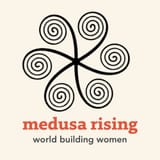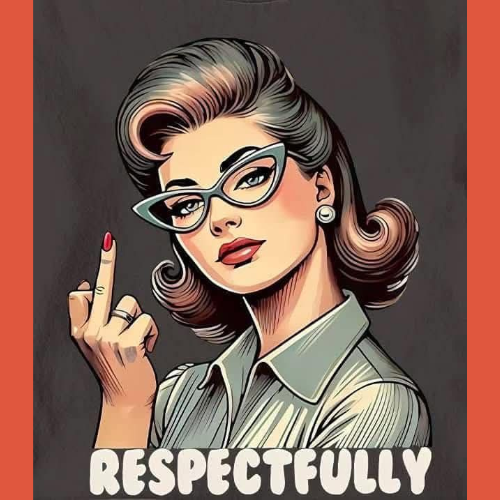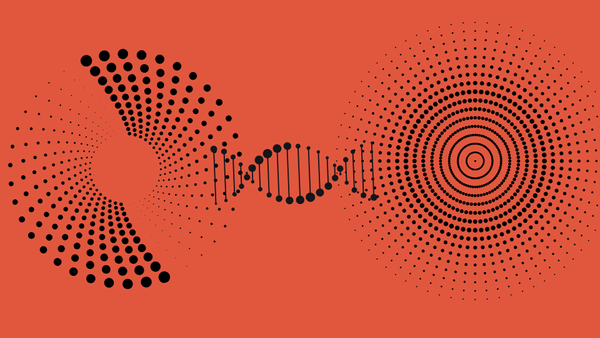Key Concepts: What is Gender? |by Erin
One of a regular series of posts meant to introduce root ideas in RadMatFem to beginners on their feminist journey.

Have you ever seen a square watermelon? A square or cubic watermelon is a uniquely shaped fruit grown in a cube to force it out of its natural round shape.. Just like a traditional watermelon, it has a green rind with black stripes. But, unlike our familiar watermelon, it has flat sides and sharp edges that make it look like a box. Their natural growth is prevented, and they are forced to take the shape of the container.
Why create such artificial effects? For the sake of human convenience, of course. Being square would make watermelons fit more compactly in fridges and easier to cut as they don’t roll. Easy to handle, and no more worry over how to store the cumbersome fruit!
Nowadays, square watermelons are mainly grown for aesthetic or novelty purposes. They are popular in Japan, where they are sometimes used as decorative items rather than for eating, and are much more expensive than ordinary oval watermelons.
When you get to the harvest a few minutes in, this metaphor becomes very, very clear.
Of course, not all, if any, watermelons are perfectly cubic. But everything in their environment is designed to make and keep them square. The factory in which they are processed is such that those ‘wrong-shaped’ watermelons are automatically removed. There is a systematic process of checking the shape and quality of a square watermelon. For example, there is visual inspection where workers examine the watermelons for precise edges and proper cubic form. The aesthetic is important for square watermelons, so the workers also look for consistent colour and any external defects such as bruises, cracks, or blemishes. There are also automated technologies that ensure that each watermelon meets the standards (right shape, right size, right weight, etc.). Square watermelons are sorted into different quality grades based on their shape, appearance, ripeness, overall quality, etc. Any watermelon that doesn’t meet the standards would be deemed ‘bad’ (or ‘inadequate’). Only square watermelons pass muster. Exceptions are severely punished: misshapen watermelons may be redirected for processing into juices or other products or simply discarded. (If there is malpractice, perhaps those watermelons are re-shaped by the use of physical force, or their excess bits cut off, just as Cinderella’s stepsisters cut off their toes and heels to fit into the glass slippers). Those that meet the highest are approved, and then, cleaned and packaged for sale. They are waxed for a polished look and placed into boxes with appropriate wrappings. High-standard square watermelons are handled with care, packed into boxes and presented beautifully. This is how square watermelons become ready for human use.
In the end, if everybody decides that they want only square watermelons, we may end up with a market where only square watermelons exist. In such a market of narrow demands, people – and perhaps, watermelons themselves – forget that watermelons are not naturally square. Square watermelons are now trapped into a system in which, from the moment that their flowers are pollinated, they are destined, by human hands, to become square.

A woman in patriarchy is like a square watermelon. She is made to take the shape of ‘femininity’, a form which makes it easier for men to exploit her. Like a square watermelon, a woman is forced to become the embodiment of ‘femininity’ . In her case, the mould in which she is grown into is not just physical: it is also psychological and social. As everything in the square watermelon’s environment is designed to make and keep it square, everything in the woman’s environment is designed to make and keep her ‘feminine’. And this ‘everything’ is what gender is.
Gender is a name for the totality of countless ways in which men oppress women. It is, first and foremost, a tool of oppression: through gender, women are maintained in a subordinate position as a sex class. In patriarchy, then, women are oppressed on the basis of sex by means of gender.
Gender is everywhere, it’s embedded in everything from the clothing deemed appropriate to each sex to the volume we are socialized to use when we speak. It is one of the mechanisms of patriarchy and consequently it shapes the women who live in it, both collectively and individually.
In this series on key concepts in radical materialist feminism, I am going to begin by describing various aspects of gender using the metaphor of a square watermelon. Hopefully, the metaphor will help you understand how gender works in patriarchy.
de Beauvoir famously said, ‘one is not born, but rather becomes, woman.’
Likewise, a square watermelon is not born, but rather becomes, square watermelon.
Erin is a contributing editor at Medusa Rising.
This post is public. Please share widely.
Maybe this post moved you? Would you like to dedicate it in the name of an ancestor, sister, sister-friend, lover, daughter? Use Eopsin's Ward to have your dedication added here.
Add your voice to this Gorgon chorous? Visit Contribute.




